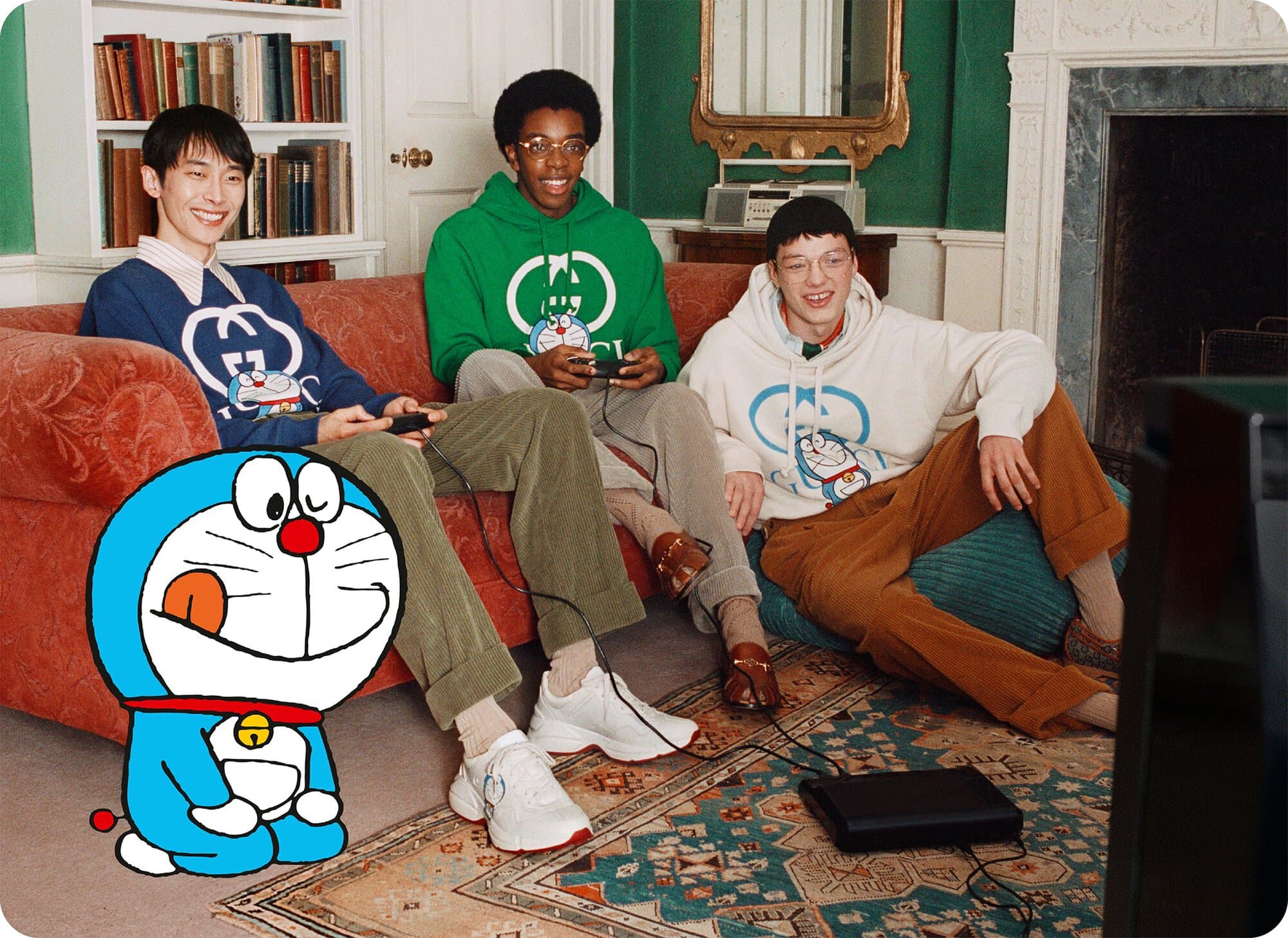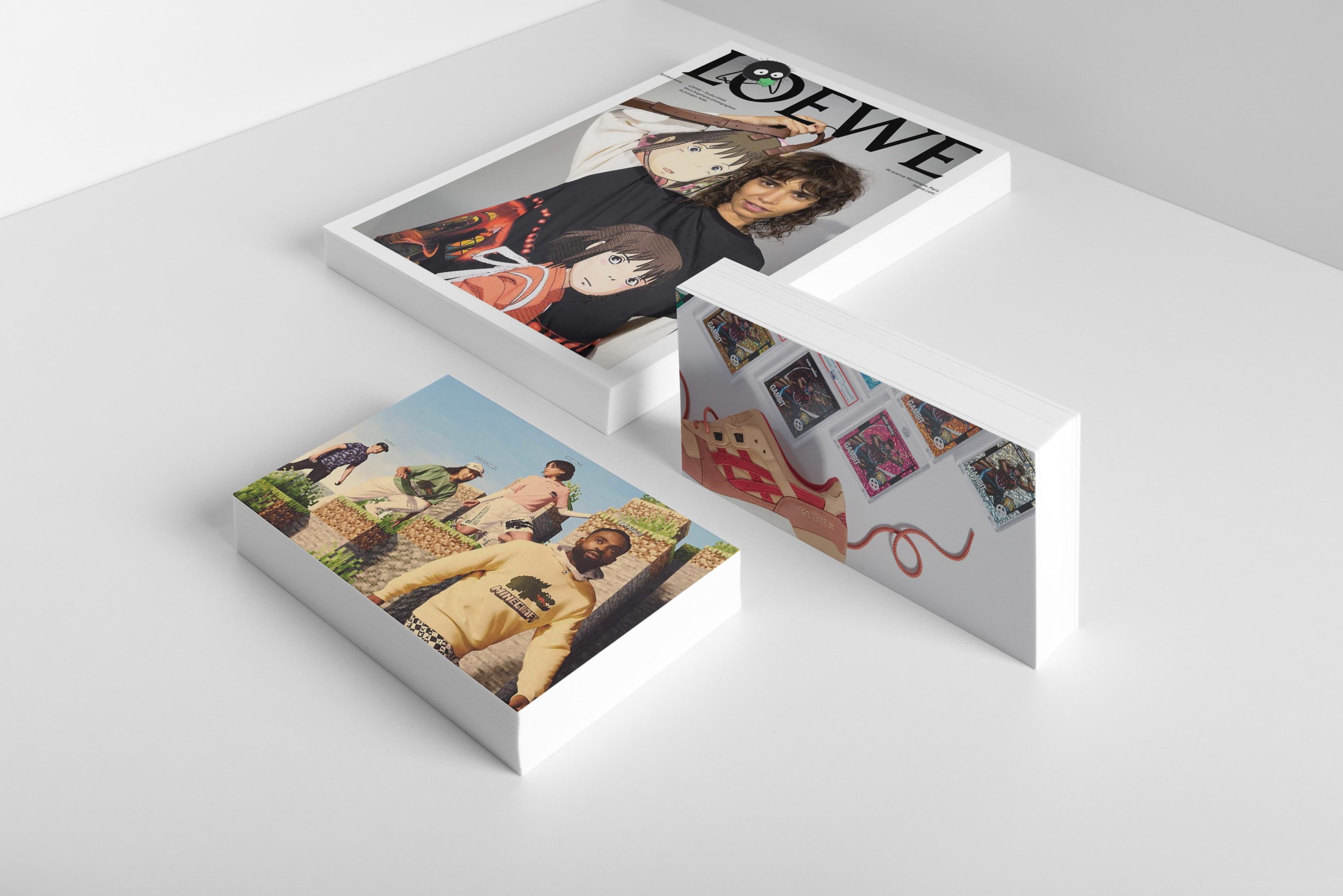In An Era Where Fandoms Dominate Global Conversations, Savvy Brands Are Recognizing And Capitalizing On The Undeniable Influence Of Geek Culture In The Mainstream Market
By Mark Wittmer
Fashion is often perceived as having a “you can’t sit with us” attitude – but is that really the case? It may be difficult to approach an electrifyingly dressed fashion aficionado on the street, but ask them about their look and they’ll quickly start to nerd out over their archival wardrobe and favorite designers. And indeed, for as much as fashion is about looking cool, it’s just as tied up with vulnerability and self-expression – attitudes we would associate more with theater camp than with cheerleaders. While fashion still very much retains its aura of exclusivity, we’re starting to see a bit of a cultural shift that recognizes it as the democratic, expressive, intellectual force that it can be.

Meanwhile, once “nerdy” interests that for a long time were relegated to the fringes of consumer culture have become squarely rooted in the mainstream: there’s a new superhero movie every other week, everyone and their mom plays video games, kids everywhere are obsessed with anime, comic book sales have been rising over the past decade. Everybody at least knows someone who got really into Dungeons & Dragons during the pandemic.
We’ve been seeing fashion brands eye this space and begin to move into it, exploring its vast potential for new kinds of storytelling, creative partnerships, and cultivating new audiences. Here we’ll take a look at some of the important numbers behind the trends, how a few brands have made strong use of collaborations to bring these worlds together, and how the seeds of this crossover have actually long been planted within fashion.
Key Takeaways
- Once “nerdy” interests are now dominating mainstream media consumption, creating exciting new avenues for fashion storytelling and audience growth.
- A number of brands have already explored straightforward fashion collaborations with things like video games and comic books, but there’s much more room to grow.
- Iconic designers like Thierry Mugler and André Courrèges have shown that fashion has already had in its heart the kind of vibrant, powerful, and imaginative stories that are so recognized and resonant today.
Index
- Youth Appeal – by the Numbers
- Powerful Collaborations
- Retro Futurism
- Key Takeaways
Youth Appeal – by the Numbers

Entertainment and media hobbies that were once considered “nerdy” – playing video games, reading comic books, watching anime – are now everywhere. Either geeks don’t exist anymore, or everyone has become a geek. While the growth of these fields is noticeable everywhere, this rise is especially apparent among young people.
The Entertainment Software Association reported in 2021 that roughly 76% of Americans under 18 and 67% of adults play video games on a regular basis in some form – whether on smartphone, PC, or console. Those numbers have only grown in the past few years.
Market data specialist Gitnux reported earlier this year that almost two-thirds, 63.5%, of Americans enjoy anime. In 2019, North America’s anime market was worth roughly $3.56 billion. Three-quarters of US Netflix subscribers have engaged with an anime series. A daily anime viewing habit is found among 27% of US viewers. Intriguingly, the report also found that the average income of an American anime watcher is $59,500 – a number decently over the median US income, meaning that the demographic has a not insignificant level of purchasing power.
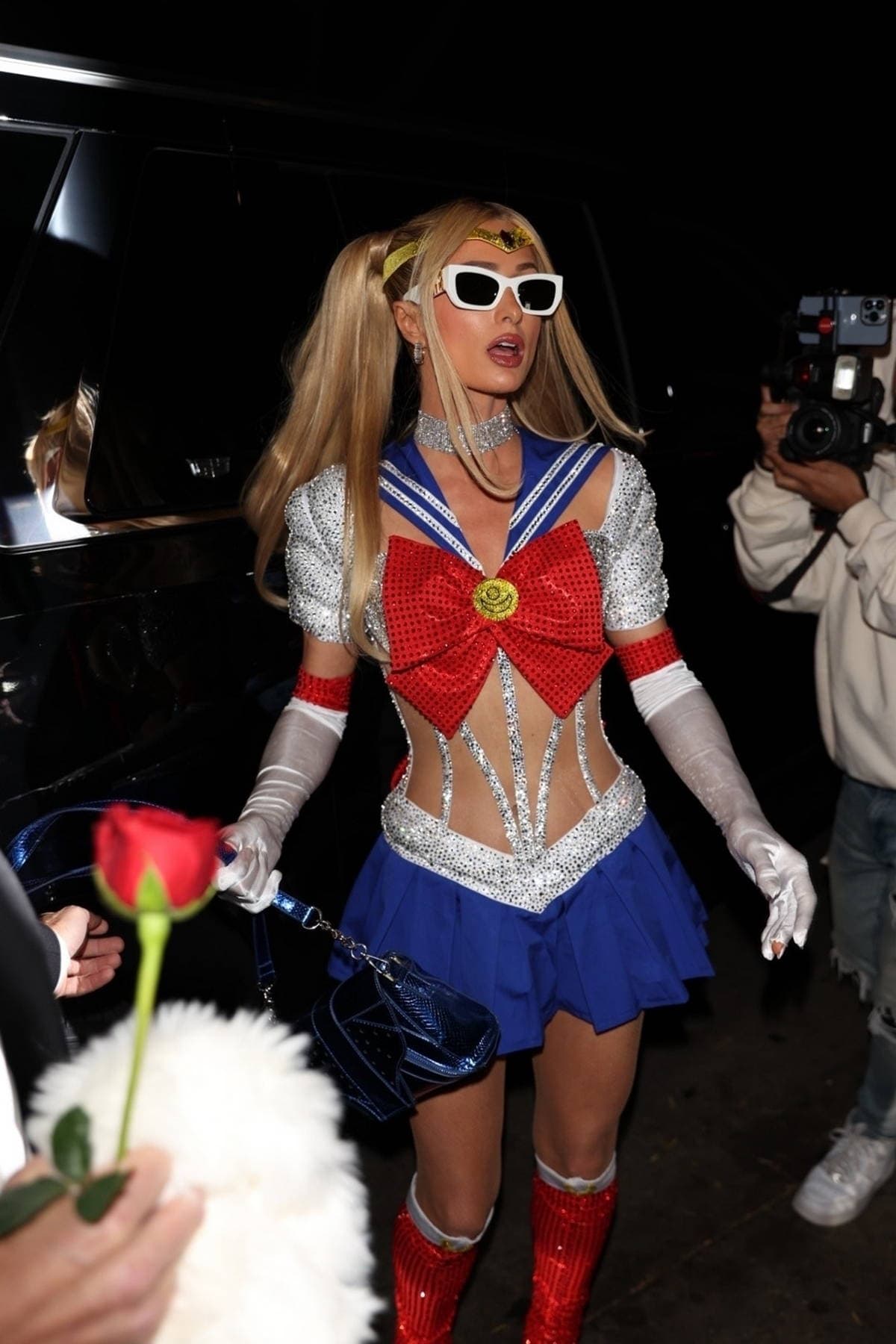
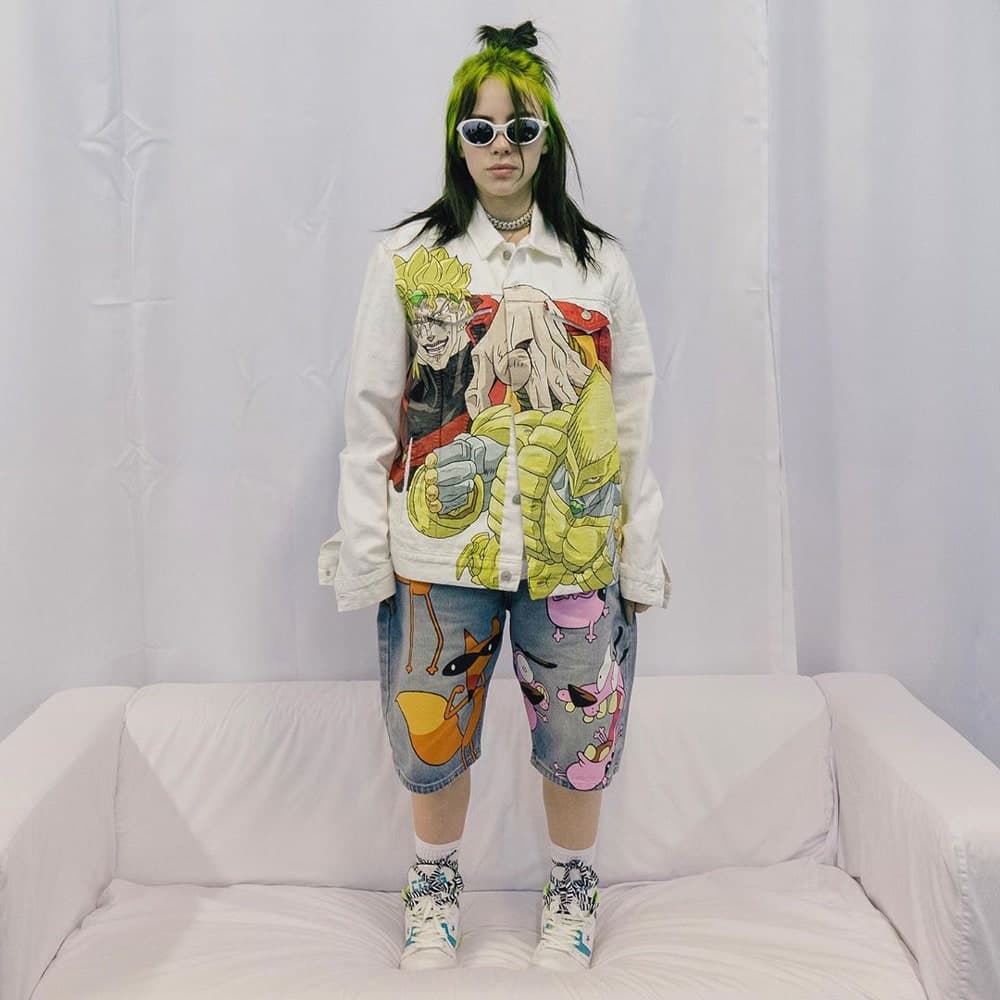
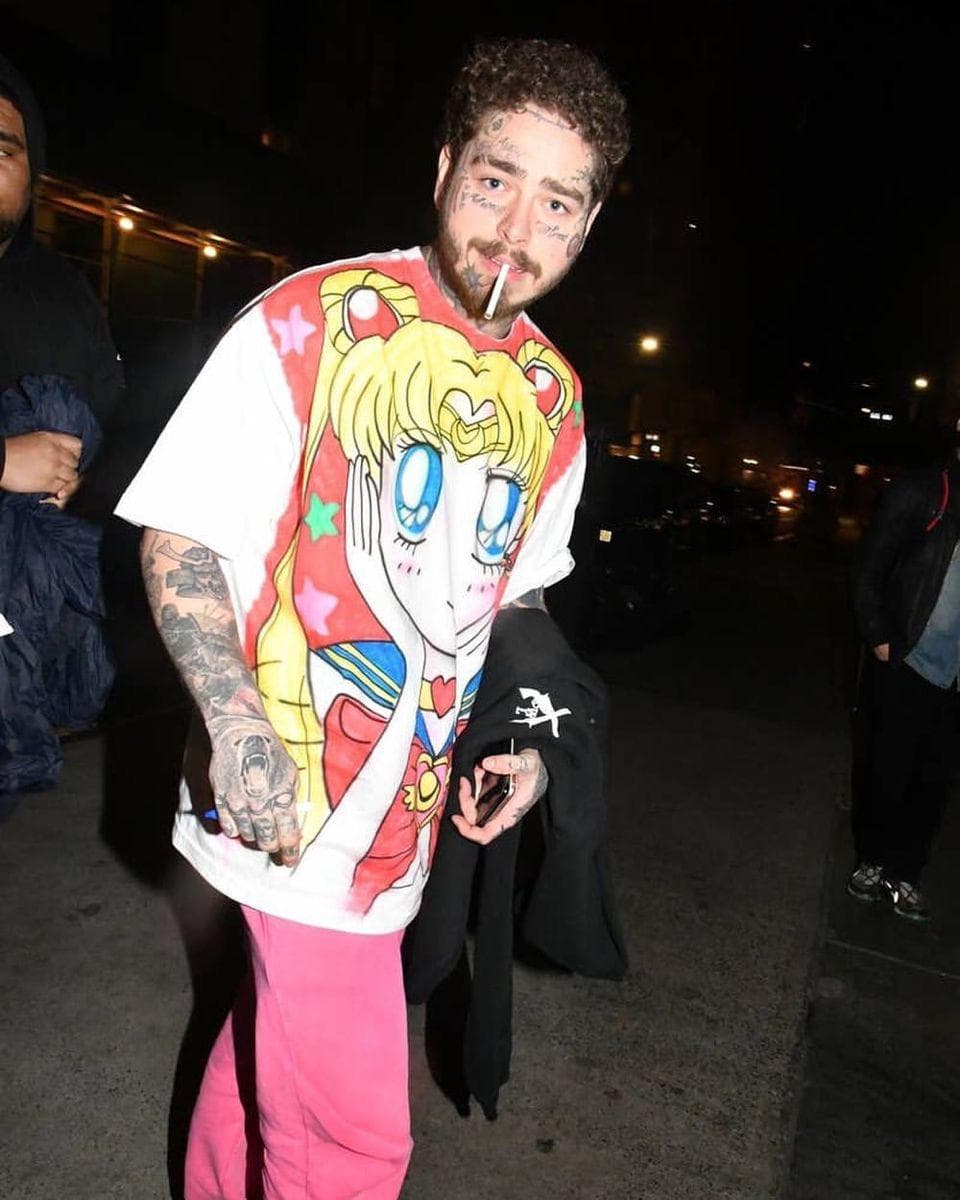

These statistics, of course, cross over with those on the buying power and economic forecasts of Zoomers that we are always hearing about. Gen Z consists of about 2.56 billion people globally, and by 2030, 30% of the global workforce will be Gen Z. In 2022, Business Insider estimated their spending power at over $360 billion in disposable income. 71% of Zoomers have a Netflix subscription, and 98% have a smartphone.
Powerful Collaborations
The major way we’ve seen fashion brands lean into this cultural trend is through the tried and mostly true avenue of collaborations.
Recently, Kith teamed up with Marvel for a capsule in celebration of the 6oth anniversary of X-Men. Going beyond the typical prints and logos of a streetwear collaboration (the designs made excellent use of iconic comic book visuals), the capsule also meaningfully leaned into the culture with special trading cards, a collaborative comic book, a custom arcade game cabinet, and an appearance at San Diego Comic Con.

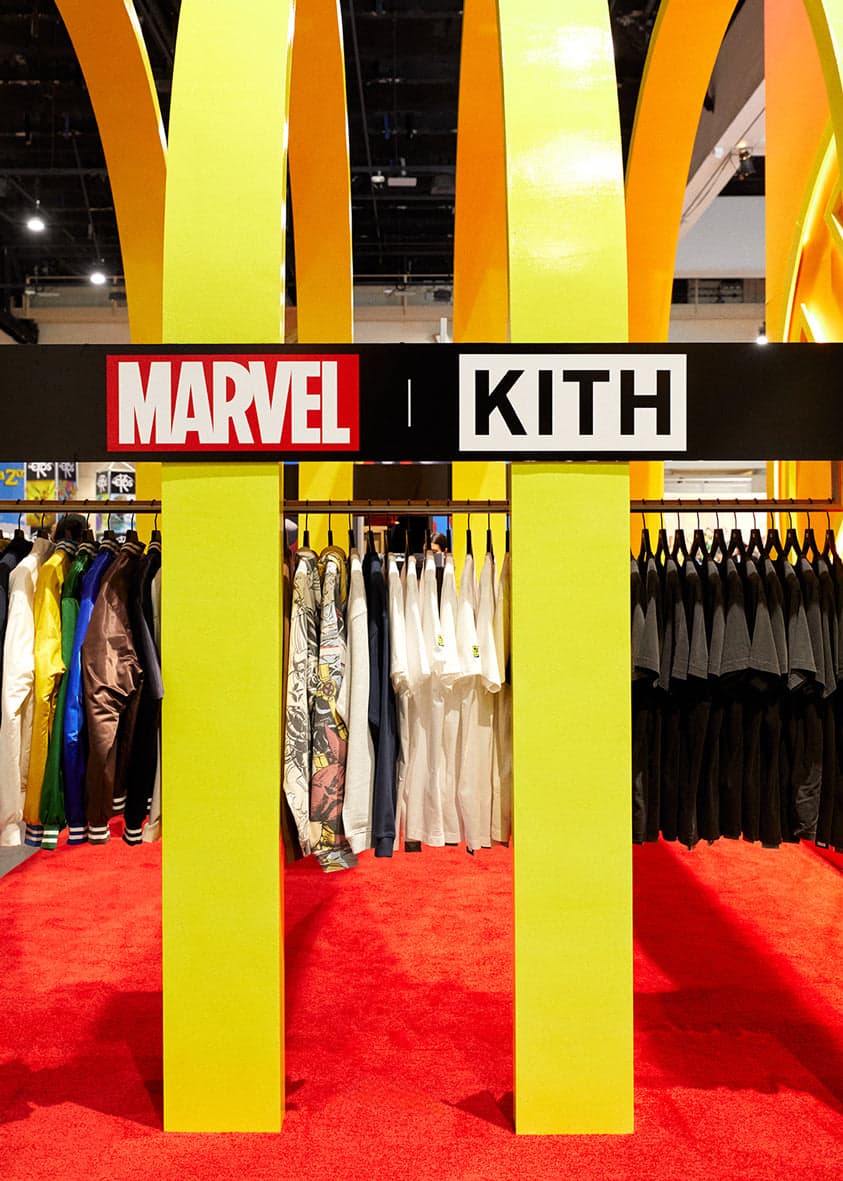

Elsewhere, we saw Jimmy Choo team up with iconic anime Sailor Moon on a series of boots inspired by the show’s heroic protagonists, while Loewe’s unforgettable, multi-part collaboration with Studio Ghibli is still setting the industry standard on how to bring a collaborator’s source material to life through craft and design.




In the realm of video games, we’ve seen both Burberry and Lacoste partner with the endlessly popular Minecraft on clothing capsules that were wearable both in-game and IRL. Nike released a sneaker in collaboration with pro-gamer team FaZe clan, while Balenciaga designed in-game skins for Fortnite.
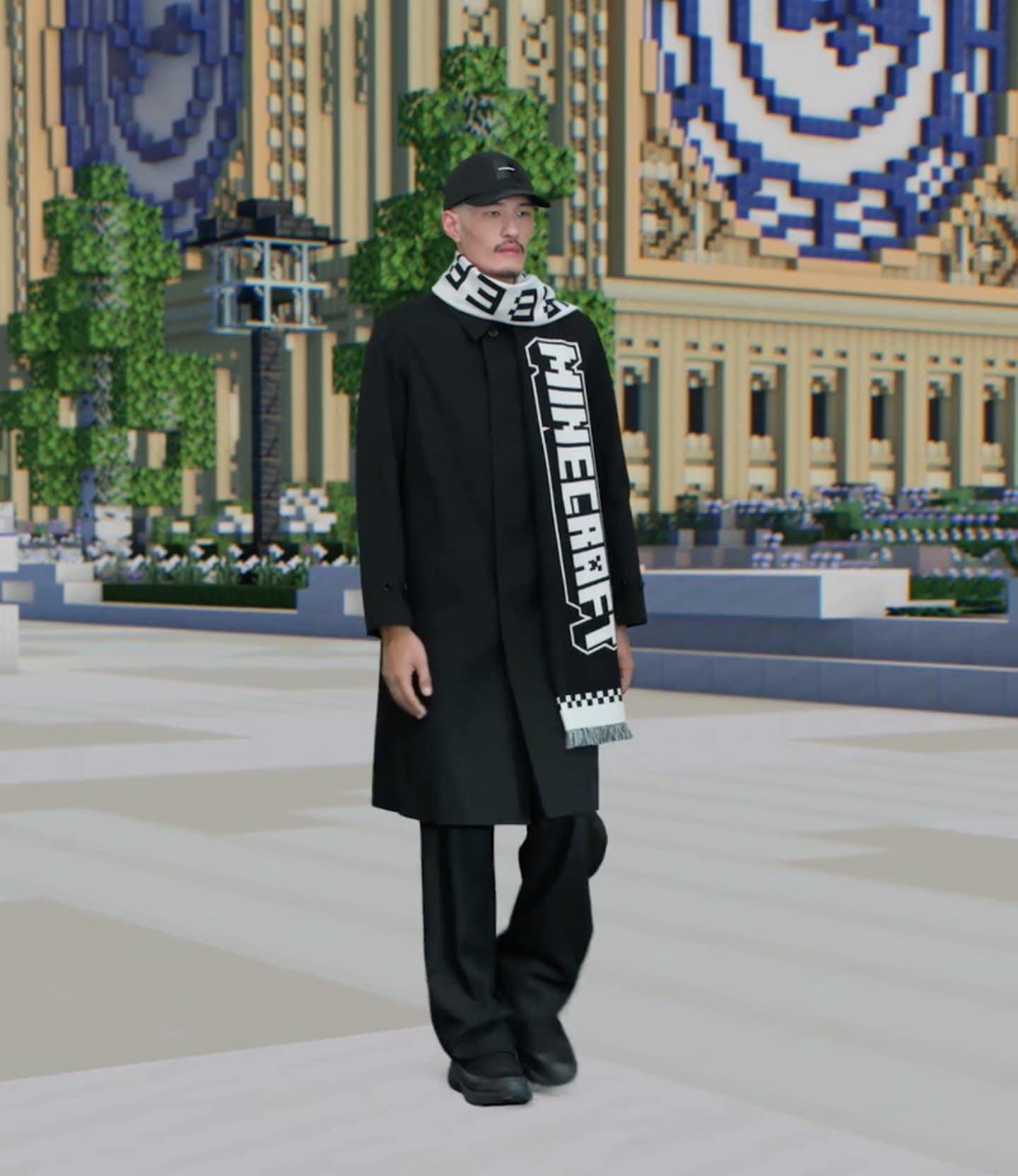
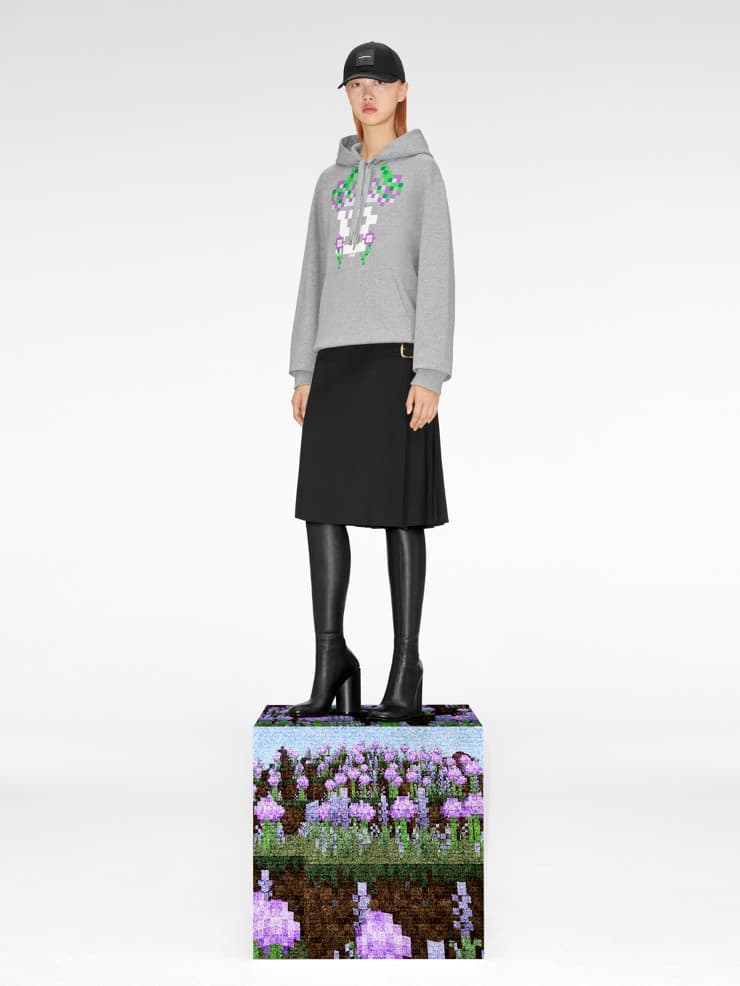


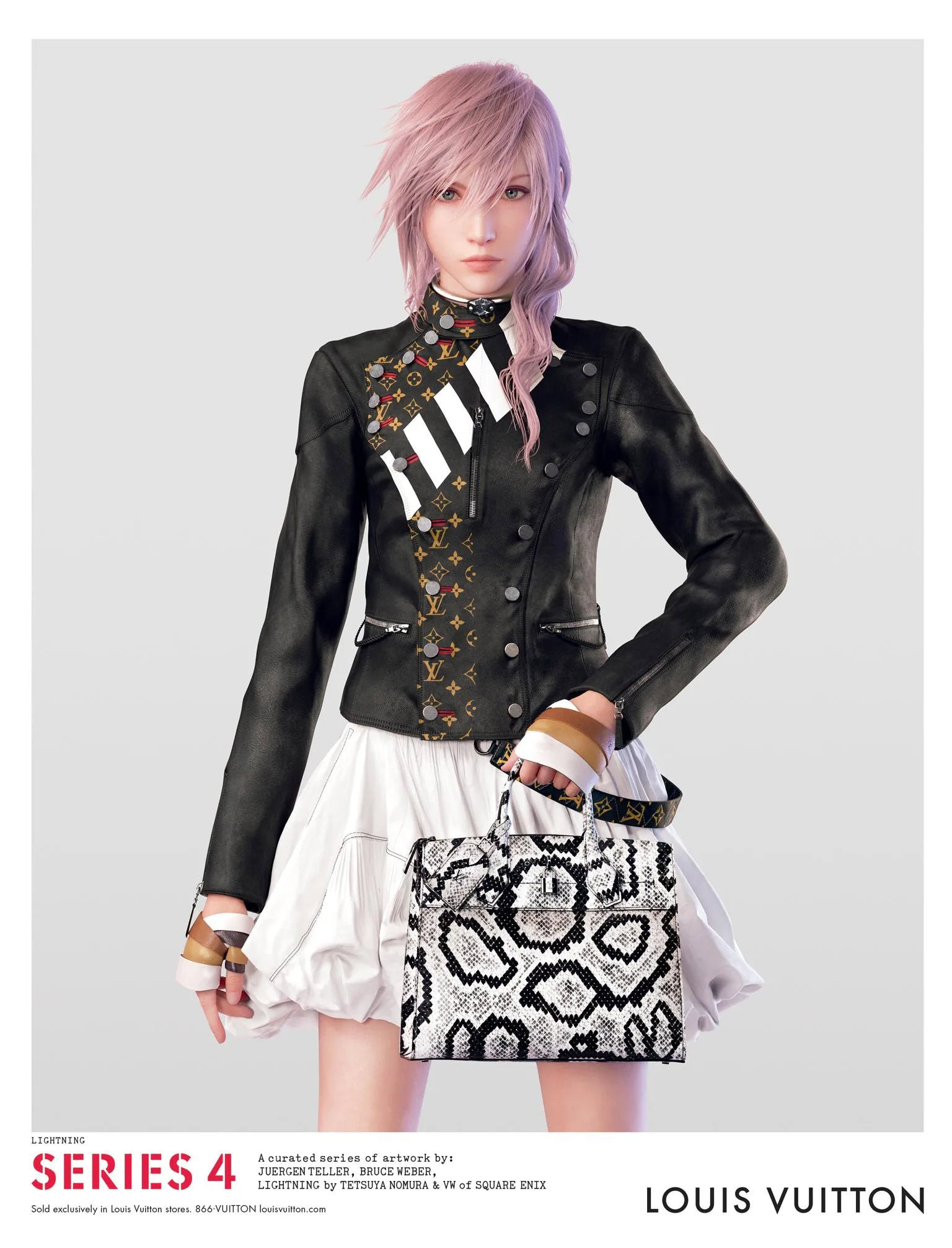
But it is perhaps Nicolas Ghesquière of Louis Vuitton who has been the most ahead of the curve on this front. As early as 2015, the creative director had Lightning – the protagonist of video game Final Fantasy XIII – as the face of his Spring 2016 collection, appearing across numerous major ad campaigns. Speaking to the casting choice, Ghesquière said, “If we push the reflection about heroines, or what might constitute the nature of a woman whose actions can be so courageous that she becomes superior and iconic, it becomes obvious that a virtual entity integrates with the founding principles of the Maison.
“Lightning is the perfect avatar for a global, heroic woman and for a world where social networks and communications are now seamlessly woven into our life. She is also the symbol of new pictorial processes. How can you create an image that goes beyond the classic principles of photography and design? Lightning heralds a new era of expression.”
Retro Futurism
While their cultural and media presence might be on the rise, science-fiction and fantasy aren’t entirely new categories for fashion. Fashion designers could certainly be considered a type of nerd, and the seeds of today’s superpowered explorations have been planted for a long time.
Not only did the late great Thierry Mugler’s designs take up the theatrical visual language of science fiction and fantasy, but they did so out of concern for the human themes that things like comic books and anime explore on an almost mythical scale: heroism, romance, power, violence, tragedy, transformation. Finding beauty and strength in the outlandish and imaginative, Mugler inspired people, and especially women, to dare to dream of and demand a different future.
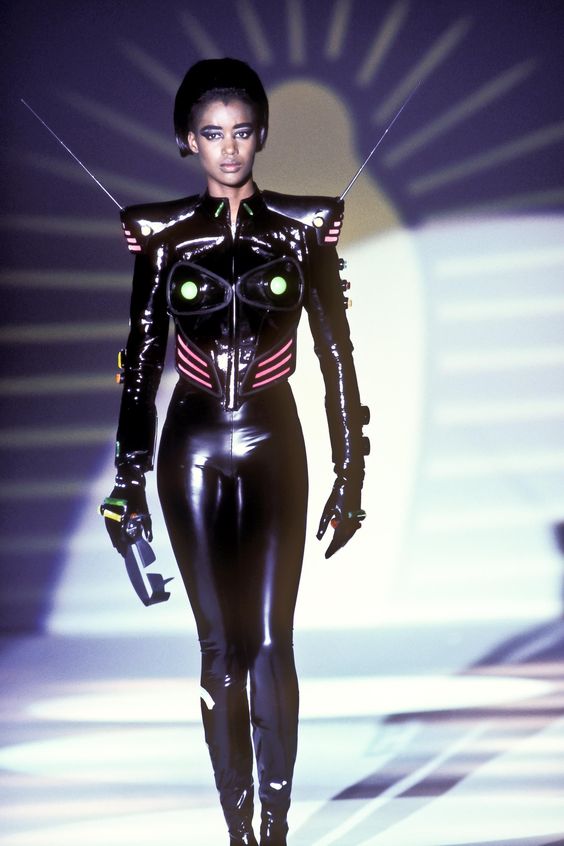


In its recent revival, Courrèges has taken much inspiration from the trailblazing space-age visions of its eponymous founder.
Alessandro Michele’s lauded tenure at Gucci was a hugely influential player in fashion’s turn away from swagged-out, logo-emblazoned sportswear and came to define the “geek chic” aesthetic of the 2010s – a trend that came on in tandem with the rise in popularity of gaming, anime, and superhero movies, which was then greatly accelerated by the Covid pandemic. In many ways, the introspection and time forced upon us by the pandemic created a collective understanding that being passionate about a niche subject is fun and cool – whether it’s comic book memorabilia, obscure video games, or archival fashion.



